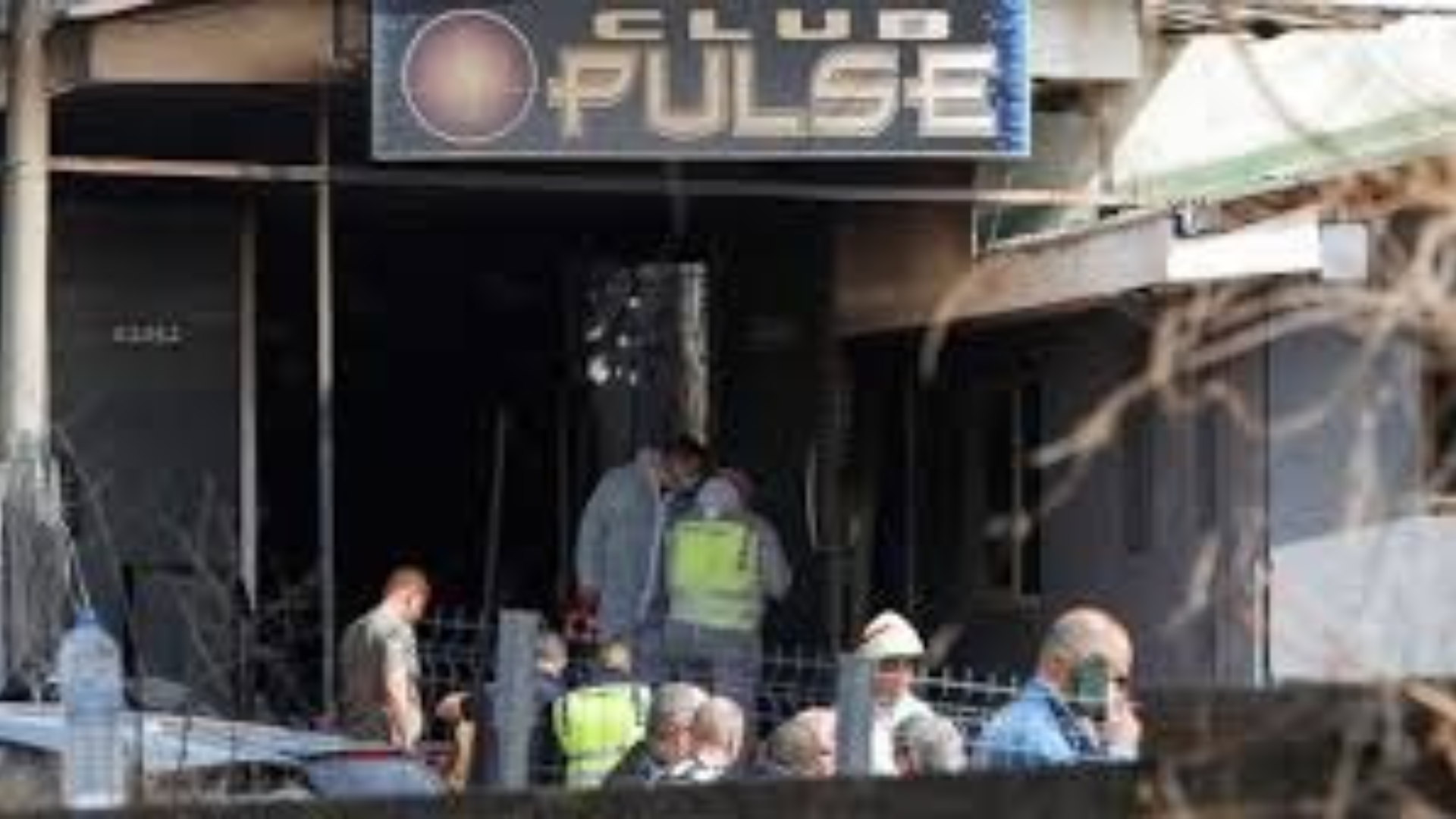Berlin Still Bears Scars 80 Years After the Battle That Sealed Nazi Germany’s Defeat
Berlin scars after Battle: The capital of Nazi Germany was reduced to ruins during the intense Battle of Berlin in WWII’s final days. As the Red Army fought to capture Berlin, the Allies sealed the end of Adolf Hitler’s reign and marked the beginning of a new era for Germany. Eight decades later, the city has undergone a meticulous reconstruction that combines restored old structures with contemporary design. But in many places, the wounds from its history of battle are still evident.
The Destruction of Berlin in 1945
IIn May 1945, Allied forces devastated Berlin, with Soviet troops leading the charge. In a brutal attack to take control of the city, Soviet troops encircled Berlin on April 25. As they advanced, the German defenses collapsed, and Adolf Hitler took his own life in his bunker on April 30. General Helmuth Weidling, who commanded German forces in Berlin, surrendered to the Soviet Union on May 2.
On May 9, 1945, the Associated Press stated that Berlin was no longer a metropolis but rather a “city of the dead.” The battle reduced the city center to rubble, leaving the capital in ruins.
Post-War Berlin: From Rubble to Reconstruction
After the war, the Allies divided Berlin into four sectors, with the United States, Britain, France, and the Soviet Union controlling each. This partition established two independent German nations in 1949 and paved the way for the Cold War. The split was further cemented in 1961 when the Berlin Wall went up, though Berlin became the capital of Germany again after reunification in 1990.
The post-war reconstruction period saw the restoration of most of Berlin’s infrastructure. Despite the extensive damage, workers quickly restored public transit, water, and electricity. Old Berliners still remember using hand pumps and living in buildings that were mostly destroyed. Eva-Maria Kolb, now 89, recalls going to school in a partially wrecked building in the Tempelhof district, where courses went on despite the destruction.
A Symbol of the End of WWII
The signing of Germany’s unconditional surrender on May 7, 1945, marked the end of World War II in Europe. However, the Soviet Union held a second ceremony in Berlin on May 8, 1945, which has become the date that Russia commemorates the end of the war.
Today, Berlin stands as a city shaped by its wartime past. The restored Reichstag, where Soviet soldiers raised the flag in 1945, symbolizes both the end of Nazi rule and Germany’s transformation into a democratic nation. Soviet soldiers left graffiti in the building, and its preservation allows visitors to see traces of history that shaped modern Germany.
Reflections on Berlin’s Legacy
Even though Berlin has undergone significant transformation after 1945, its citizens still recall the Battle of Berlin and the devastation that occurred there. As it commemorates the 80th anniversary of the end of the European War, Germany continues to reflect on the war’s immense cost and its transition from destruction to rebirth.
Source: AP News





